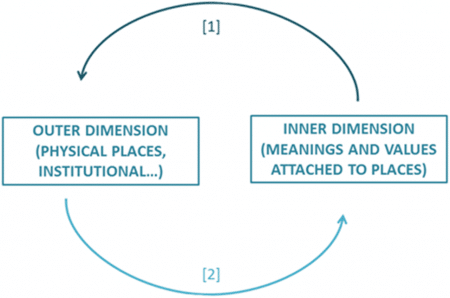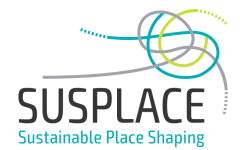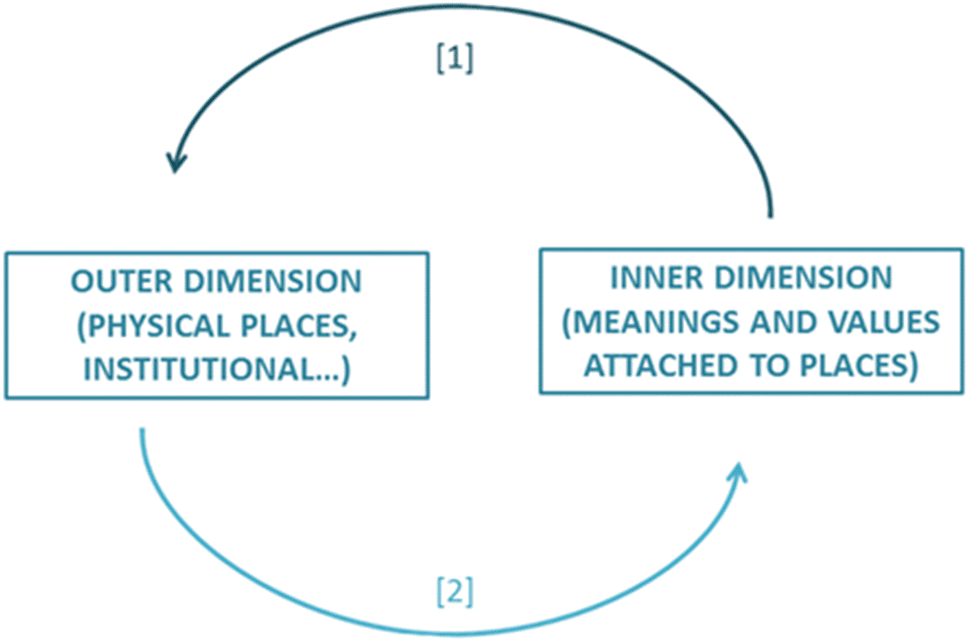Sara Grenni is an external PhD-candidate at the Rural Sociology Group of Wageningen University. From April 1, 2016, until March 31, 2019, she was appointed as Early Stage Researcher at the National Resource Institute of Finland (LUKE) at the research project Sense of Place of the MSCA ITN programme SUSPLACE.
Abstract

Sense of place and values are concepts that have been defined in a multiplicity of ways by a variety of disciplines and seldom approached in combination within studies of place-based sustainability. In recent years, the debate on sustainability, and particularly on sustainability transformation, has started to recognise the central importance of the “inner dimension” in achieving sustainable futures. This brings to the fore individual and cultural immaterial aspects, such as values and sense of place. The aim of this article is to explore the role of sense of place and place values in the context of sustainable place-shaping and propose a framework to operationalise them in research. Three central questions guided and structured our work: (a) how can place-shaping contribute to sustainability transformations? (b) what is the role of the inner dimension of transformation in processes of sustainable place-shaping? (c) how to include the inner dimension—specifically sense of place and its underlying values—into place-shaping practice and discourse? Through the article, we argue that there is scope for a broader understanding of how sense of place contributes to sustainability transformations through place-shaping. The article ends with the introduction of an analytical tool for the study of sense of place and place values as potential drivers of place-based transformation. The conclusion of the article summarises the contribution of the inner dimension of place to place-shaping and, more in general, sustainability transformation.

